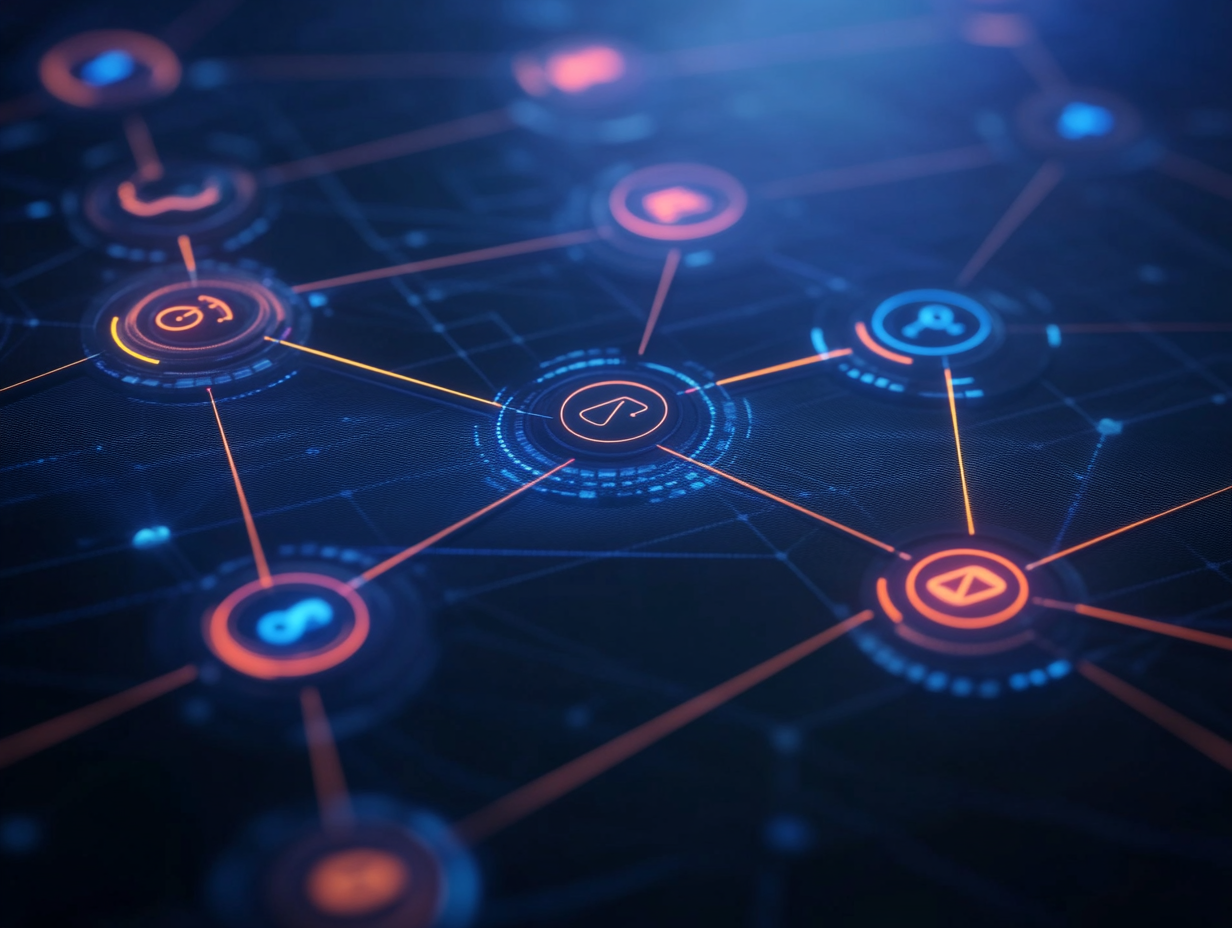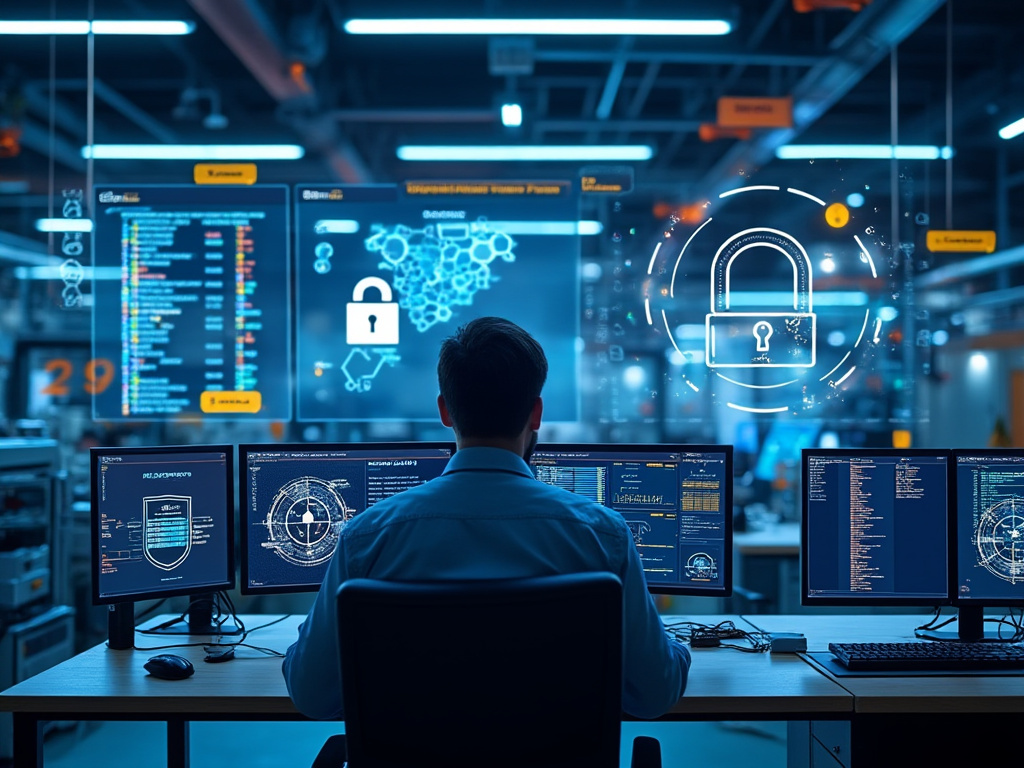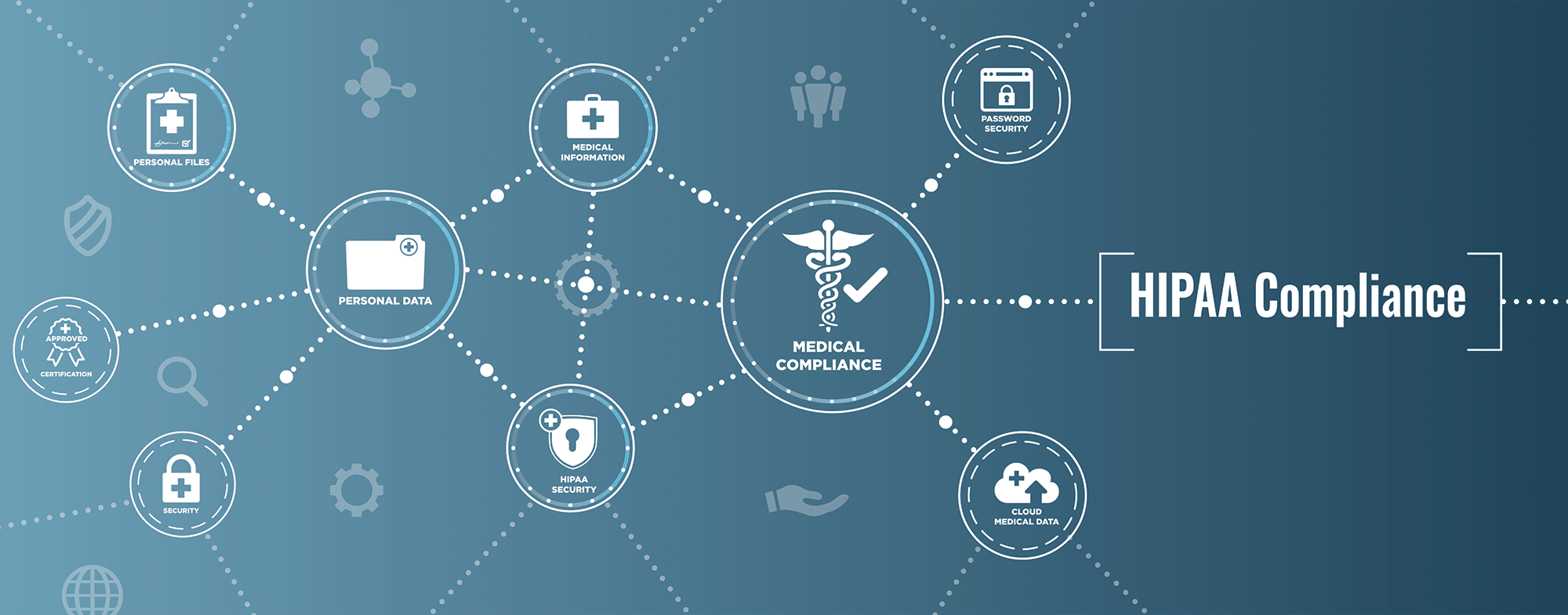As a proactive defense against threat intelligence, continuous cybersecurity monitoring (CSM) automates security monitoring to offer real-time actionable security information.
Businesses have quick access to information about their security posture, cyber threats,
and vulnerabilities thanks to solutions for continuous security monitoring.
As part of a comprehensive network-wide security program, many enterprises are incorporating CSM solutions with their more conventional security controls, including penetration testing, firewalls, and cybersecurity antivirus software.
Point-in-time security controls no longer give IT workers the certainty they need to stay ahead of attackers in the age of zero-day vulnerabilities.
Continuous asset discovery, vulnerability discovery, and attack surface monitoring are a few critical methods used in constant threat detection.
Hence, businesses that want to be more agile in their operations and customer interactions must include cybersecurity in their business plans. Besides, cybersecurity monitoring is a crucial component of complying with GDPR and other compliance’s.
There’s more business value in cybersecurity monitoring, so read on.
What is Cybersecurity Monitoring?
Monitoring for cyber threats and data breaches is called “cybersecurity monitoring.” To spot cyberattacks early on and take appropriate action before they cause harm or disruption, organizations must monitor their IT infrastructure.
Cybersecurity monitoring is an essential component of cyber risk management. You can use network and endpoint monitoring for cyber security monitoring.
Network security surveillance. Tools for monitoring network security collect and analyze security logs from various sources.
Security Incident and Event Management Systems (SIEM), Intrusion Detection (IDS), and Behavioural Analytics (BA) systems are standard network and IT infrastructure monitoring solutions.
Endpoint security monitoring. Endpoint security technologies enable cyber security teams to identify threats earlier in the kill chain by enabling security visibility at the host level.
Endpoint Detection and Response (EDR) and Endpoint Protection Platforms (EPP) are popular endpoint security monitoring products.
What Problem Does Cybersecurity Monitoring Solve?
The conventional network boundary is fading as the modern workplace becomes more cloud-focused and digitalized. Cyberattacks are changing as a result of the regular emergence of new vulnerabilities.
While recognized signature-based threats can be detected by preventative security technology, more advanced threats that bypass these safeguards must be monitored by cyber security.
Monitoring cyber security continuously aids organizations in:
- Identifying more types of dangers
- Cutting down on the amount of time it takes to respond to attacks
- Observing statutory and industry requirements
By anticipating threats, you can take action before they materialize. Your company apps, users’ data, and the general network are all protected when possible threats are quickly identified and dealt with.
How Hard is it to Implement Cybersecurity Monitoring?
Although continuous cybersecurity monitoring may seem straightforward, the organization’s implementation choice will be crucial.
The cybersecurity monitoring solution will be increasingly comprehensive and its IT architecture more complicated as a firm grows in size.
Nonetheless, you can have an adaptable cybersecurity monitoring system for your company with these four easy steps.
1. Determine threat priorities. You may own different types of information assets. These assets include secret market research, financial, personnel, and consumer information. Yet, they increase your cyber threats.
2. Select your tools. Choosing the appropriate technologies for the plan is the next stage in implementing continuous cybersecurity audits and monitoring.
Numerous solutions are readily available on the market and can be utilized for ongoing cybersecurity monitoring.
These tools can frequently be divided into several categories, including tools for web vulnerability scanning, network security monitoring, and encryption.
The main criteria for selecting your cybersecurity monitoring tools is that they must monitor your system settings and network configuration and regularly check for vulnerabilities.
3. Plan frequent updates. Scheduling routine software updates is a crucial step in successfully adopting continuous cybersecurity monitoring because it helps reduce the threats your system may face.
Cyber threats are constantly changing, so it is crucial that your system and any ensuing rules are kept up to date to recognize and neutralize such attacks appropriately.
The establishment of appropriate boundaries and the customization of your policies to fit these constraints are further components of this step. Many businesses install excellent solutions but neglect to specify their scope.
By doing this, you will be able to define policies for outsiders who access your network and better understand your domain.
For instance, even if you can’t always influence your suppliers’ security standards, you may clearly define network connection policies for them.
Last but not least, and most crucially, be sure to regularly conduct inventory checks on your network to the assets that require maintenance or patch upgrades. You will protect your system and data significantly by doing this.
4. Train your employees. Even the most effective protocols and tactics are doomed to failure without capable and skilled staff. The weakest point in your system may be human error, and online criminals frequently target this flaw.
So, design collaborative workshops where business and technical users collaborate to respond to fire drill circumstances. The training will ensure your staff is prepared to handle the most difficult situations.
Your staff are more likely to update their systems and applications regularly and increase your overall cybersecurity if they are well-informed on cybersecurity threats and best practices.
To ensure that developers encounter less security interference, you can also construct code templates that the security team has approved.
What are the Benefits of Cybersecurity Monitoring?
Here are the distinct organizational advantages of a cybersecurity-focused approach:
Reduced Data Breaches
There were 1001 data breaches in the United States in 2020 alone. This demonstrates that companies are frequently subject to cyber risks.
Continuous network monitoring will enable you to identify risks early and stop them before they cause damage. By preventing the dangers from spreading to other places, you can reduce the harm cyber-attacks can do by spotting unexpected behavior.
You can safeguard both your reputation and your priceless information in this way.
Speedy Response to Cyber Attacks
Cyberattacks can occur at inopportune times. You need to contain and eliminate dangers as soon as they are found because of what is at stake.
You may identify threats and data breaches through ongoing cybersecurity monitoring long before they become major security problems.
You will be well-positioned to respond to attacks before they inflict significant damage by recognizing occurrences that need your attention and signing up for alerts.
Additionally, you can quickly identify cyber-attack vulnerabilities. Finding vulnerabilities in your IT infrastructure is necessary to protect yourself from cybercrime.
You must manage access by keeping your firewalls up to date with the most recent security fixes to deter attackers. It is vital to complete this before the attackers have a chance to take advantage of security flaws in the firewall code.
Enhanced Efficiency
Most cyberattacks cause the firm to have significant downtime while systems are rebuilt or ransoms are paid, in addition to the loss of data and potentially substantial reputational damage.
Cyberattacks like ransomware can cost your company critical hours, if not days, of productivity by prohibiting personnel, clients, and suppliers from doing routine business operations due to a system outage.
You can address issues like how well you are protected from prospective attacks, how you watch for attacks, and, most importantly, how you would react in the case of an attack by developing a solid cyber security strategy.
Your business can continue operations after a disaster by having a solid and tested disaster recovery or incident response plan.
Compliance With Cybersecurity Laws
You must adhere to particular cybersecurity rules to safeguard the availability, confidentiality, and integrity of the data you possess.
Failure to comply with these regulations can increase your vulnerabilities, jeopardize your reputation, expose you to legal danger, and result in costly fines.
You may meet and uphold the established criteria by continuously checking your cybersecurity, which will successfully ensure compliance.
A Visible Digital Trail
Any firm must have a thorough understanding of its changing IT infrastructure.
Mapping your known and unknown assets by real-time asset and vulnerability discovery can let you see your total security posture and identify vulnerabilities precisely.
A continuous monitoring system is essential for your visibility. Besides, your systems and behavior can introduce vulnerabilities anytime, and your attack surface constantly changes.
What Are the Typical Costs of Cybersecurity Monitoring?
Many variables affect your cybersecurity monitoring budget. Here are a few things to take into account:
- Your company’s size and industry
- Regulation and compliance requirements that affect your business
- Sensitivity of the information you gather, use, and distribute
- Requests from clients or stakeholders in the company
Companies’ actual spending on cybersecurity is frequently correlated with their IT budget, which helps take into account factors like corporate size and IT infrastructure.
Estimates of what businesses currently spend range from an additional 5.6% to as much as 20% of their overall IT budget.
Develop Your Cybersecurity Monitoring System Today
Your cybersecurity provider can frequently assist you in determining the most important—but cheapest quality—items to address with your tight budget.
From there, you can modify your cybersecurity program and gradually increase your budget over the ensuing years to offer better protection and lower risks.
Just make sure it’s a continuous program and not a one-time undertaking. Contact your cybersecurity service provider today and have our cybersecurity experts build you a robust cybersecurity monitoring system within your budget.







